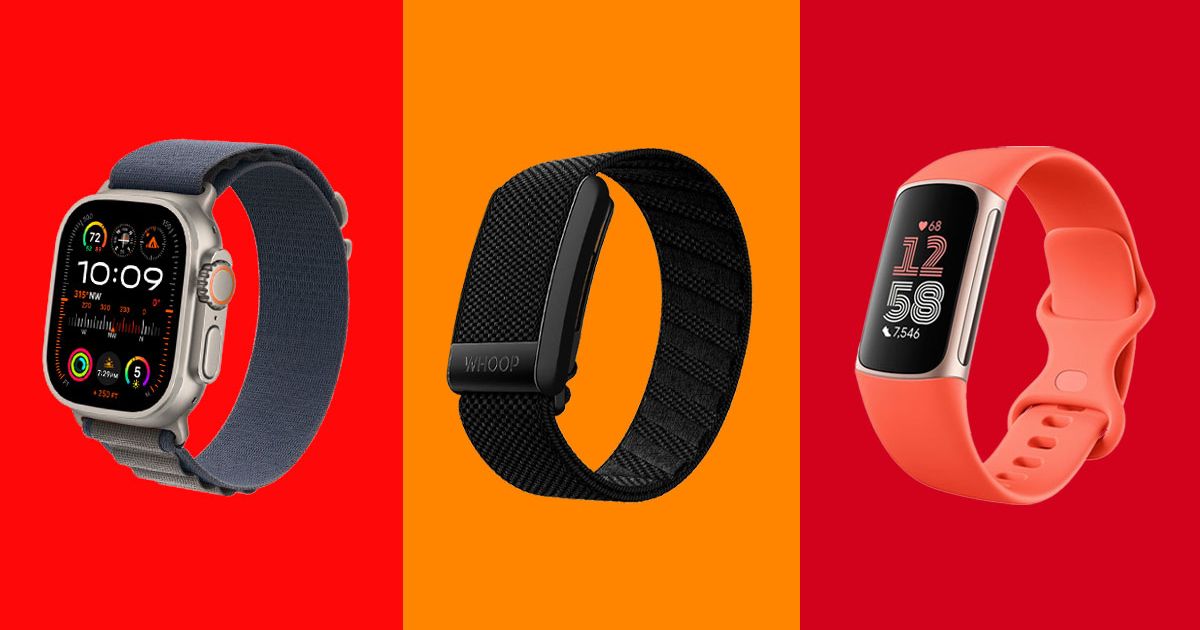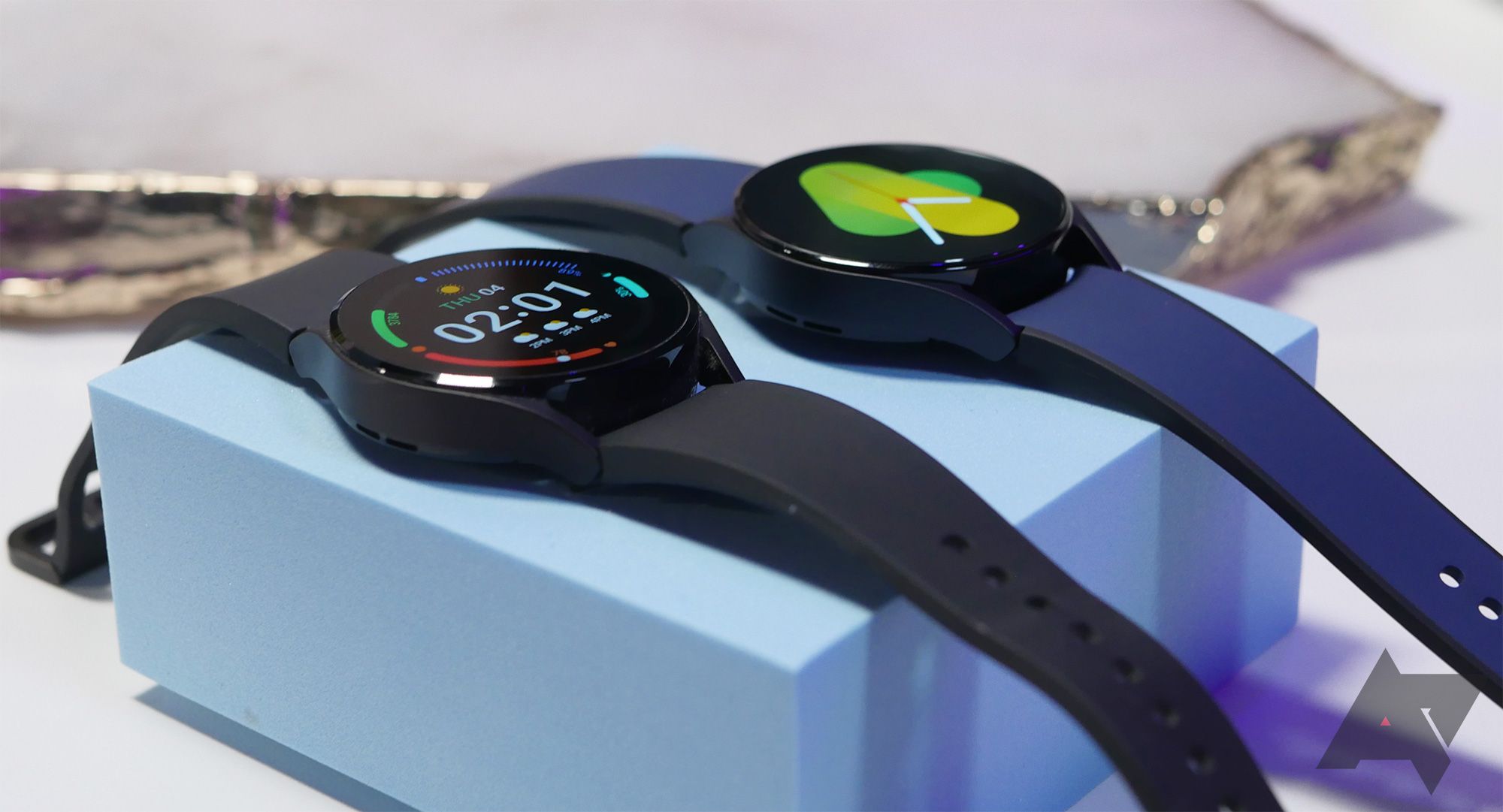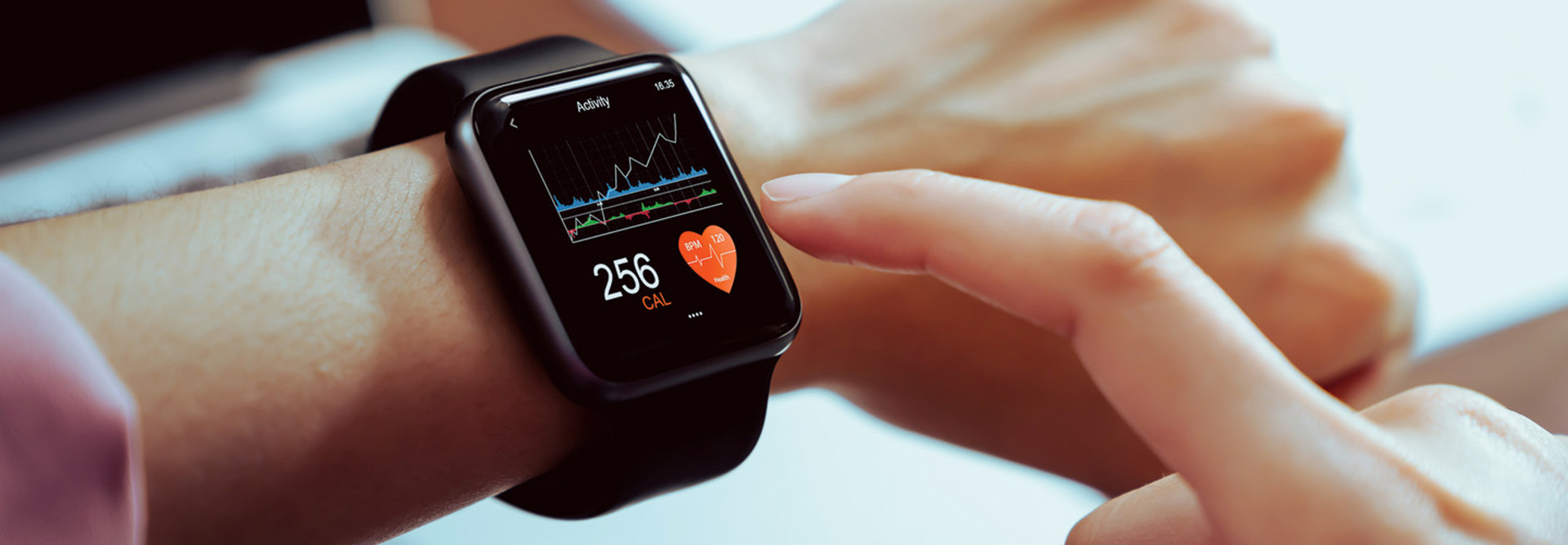Notable features: Fabric band, sleep tracker, no screen display, membership required, 1.5-meter water resistance, no GPS | Battery life: 5 days | Connectivity: iOS and Android compatible, Whoop app
This discreet black strap doesn’t have a screen or any type of display, but if you’re looking for a fitness tracker to give you a holistic view of your overall health, I’d recommend giving the Whoop a try — especially if you’re focused on performance. It measures your strain, or your daily exertion, and gives you a recovery score, which is a combination of metrics measured by the strap sensor (heart-rate variability, resting heart rate, sleep performance, and respiratory rate). Whoop says the higher your recovery score, the more prepared your body is for physical activity. I like using this strap not only for tracking my daily activities (you can’t view your stats during the activity because of the lack of a screen — only on the app afterward) but also for all the time I spend not doing them, such as when I’m resting and sleeping. While other fitness-tracking apps will simply tell me how much sleep I got, I found Whoop’s reports to be much more detailed. It will not only tell me how much time I spent in deep sleep and how many times I woke up, but if I have a less-than-ideal night of sleep, it will calculate how much more sleep I need the next night to make up for poor sleep quality. Its heart-rate sensor will also tell me how much time I spent in a high-stress zone during the day, which is helpful to know throughout the workday. All of this granular tracking might feel exhaustive, but for athletes who geek out on metrics, the Whoop can offer much more data beyond step count and heart rate.
Lots of top athletes (including professional basketball player Sue Bird and Citius Mag founder Chris Chavez) use the Whoop strap. It’s also a good choice for weekend warriors looking to maximize their fitness. Rex Chatterjee, creative director of the digital-media firm Dune Road Lifestyle and a former competitive bodybuilder, says Whoop gives him a holistic view of his body’s current state, and Rachel Lapidos, senior lifestyle-and-beauty editor at Bustle, likes how, compared to a tracker that only measures steps or distance, Whoop provides more personalized feedback on her workouts. “With the recovery score, I feel like I’m doing my body more of a favor since I know that if my score is low, I should take it easy rather than push myself, and vice versa,” she says.
Anthony Chavez, a master trainer at CorePower Yoga, is also a Whoop fan, and like Chatterjee, he appreciates the focus on overall health and behavior. “I’ve even begun to notice trends in the metrics based on how hydrated I am or how a glass (or two) of wine will affect my sleep and overall recovery the next day,” he says. Andrea Fornarola, founder of the barre and dance-fusion studio Elements Fitness, calls the Whoop her “newest obsession,” and Nathan Forster, CEO and founder of the on-demand workout platform NEOU, says it’s his tracker of choice. Swerve instructor-operations director Jenna Arndt and SoulCycle master instructor Maddy Ciccone mention Whoop’s “strain coach,” which, as Arndt explains, guides you “how hard to push based on your recovery level.” And the strap doesn’t come with GPS, so you can’t track distance on a run by wearing the strap alone. You can, however, use the Whoop app on your phone during a distance activity and use GPS tracking for your workout that way.



